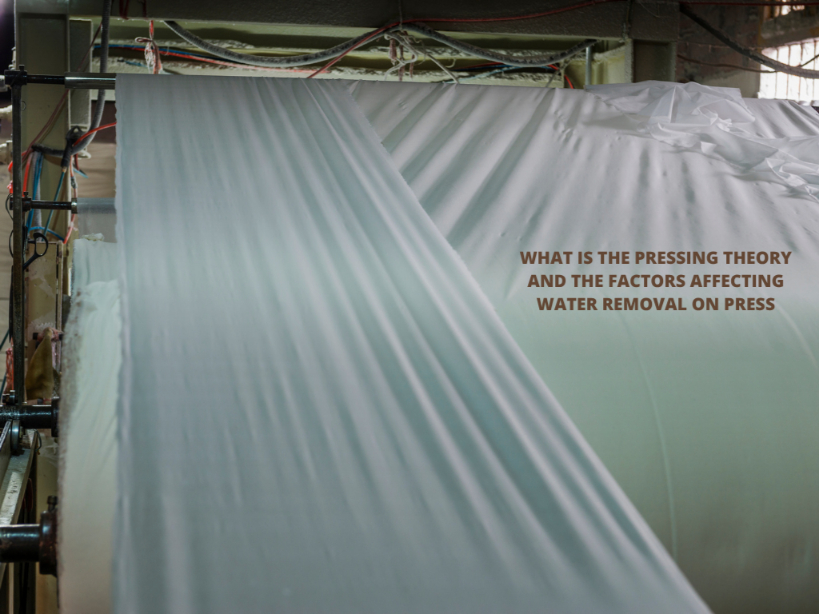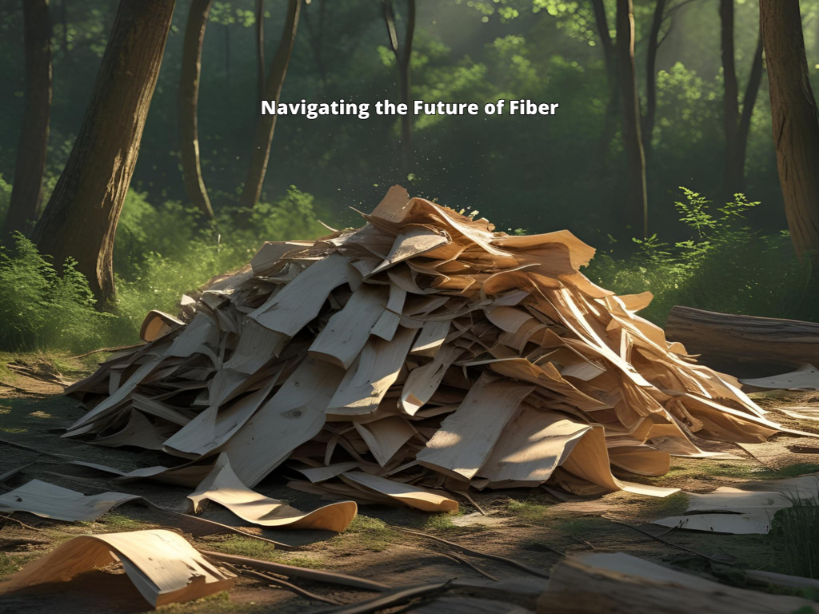What is the Pressing Theory and the Factors Affecting Water Removal on Press
The pressing of the paper web on a paper machine is an important step in the production process that determines the dryness and quality of the final paper product. After the wet web passes through the forming section, it enters the press section, which is further compressed between two rolls running under pressure. This pressing operation removes more water from the paper and increases its compactness and strength.
The dewatering capacity of the press section and the properties of the paper greatly depend on the design and number of nips, as well as the arrangement of open draws. A modern press section should meet several requirements, including obtaining the highest possible dryness with the least number of nips, not compromising paper quality, being a compact, simple, and rigid structure, and allowing for quick felt, fabric, and roll changes.
The importance of high dryness
High dryness after the press is crucial in reducing steam consumption, as removing water in the dryer section is much costlier than on presses.
The dryness of the web in the press section ranges from 15-21% to 35- 55%, depending on the grade being produced and the efficiency of the wet end operation. It is possible to achieve a dryness of up to 65% by using high pressure and longer nip times, but this is the limit as 35% water is necessary for wetting the fibers, and removing this water by pressing would damage the fiber structure.
Main objectives of the pressing operation
The pressing process has two main objectives: to remove water from the web up to a consistency of 40-45% and to consolidate the web by bringing the fibers into close contact for bonding. A single press nip typically squeezes the web between a solid roll and a felt supported by a perforated roll. The water is expelled into the felt and then through the holes in the perforated roll, which may be a suction roll. Suction is applied over the pressing zone, and when the roll rotates past this zone, the water is released into trays.
The nip in the press section
The nip in a press section can be divided into four phases: phase 1, phase 2, phase 3, and phase 4.
Phase 1 starts at the entrance of the nip and lasts until the paper becomes saturated, with both the felt and paper being unsaturated and no hydraulic pressure present.
In phase 2, hydraulic pressure increases, squeezing water from the paper to the felt. The paper and felt are saturated, and the hydraulic pressure causes water to flow into receptacles under the felt.
In phase 3, from the maximum point of the nip curve to the point of maximum paper dryness, the felt passes zero hydraulic pressure and becomes unsaturated, while the paper expands and becomes unsaturated.
Finally, phase 4 covers the point where the paper and felt both expand continuously, with the felt remaining unsaturated.
The total nip pressure curve comprises a fluid pressure component and a fiber structure pressure component, with the sum of these two components equals the total pressure. The proportion of hydraulic
pressure and pressure in the structure vary along the nip and through the thickness of the felt and paper.
The hydraulic pressure in the area of the paper facing the felt is almost identical to the total hydraulic pressure in the felt, and it grows with distance from the felt surface, reaching its highest point at the roll.
This means that the forces compressing the fiber structure are the largest close to the felt, with pressure gradients existing in both the machine and perpendicular directions to the sheet and felt.
In the paper-making process, the pressing operation is a crucial step in obtaining the paper’s desired quality, strength, and compactness.
The wet web, formed on the wire part of the forming section, passes through the nip of two rolls running under pressure in the press section. The pressure between the two rolls leads to further removal of water and improvement in the compactness and strength of the paper.
The pressing operation determines the dryness of the paper entering the dryer section, which has a major impact on the structure and tunability of the paper, as well as the machine’s operating efficiency.
Design of the press section
The design and number of nips in the press section determine the dewatering capacity and properties of the paper. The risk of web breaks is also influenced by the general design of the press section and the arrangement of open draws if any.
A modern press section should be compact, simple, and rigid, with the ability for quick felt, fabric, and roll changes. It should also aim to achieve the highest possible dryness with the least number of nips without impairing the paper quality.
The pressing operation has two major objectives: to remove water from the web up to a consistency of 40-45% and to consolidate the web, bringing the fibers into close contact for bonding.
A single press nip squeezes the web between a solid roll and a felt supported by a perforated roll, expelling the water into the felt and then into the holes of the perforated roll. The nip has been divided into four phases, with the total nip pressure curve divided into a fluid pressure component and a fiber structure pressure component.
The proportion of hydraulic pressure and pressure in the structure varies along the nip and through the thickness of the felt and paper.
Conclusion
The pressing operation plays a crucial role in determining the quality and efficiency of paper production. A well-designed press section should meet the requirements of high dryness without impairing the quality of the paper and be a compact, simple, and rigid structure, allowing for quick and easy maintenance.
The pressing theory and the four phases of the nip provide a comprehensive understanding of the mechanics of the pressing operation and the factors that influence the dewatering and consolidation of the web.
Stay on the forefront of innovation and excellency with Coniferous, your ultimate destination for everything paper and pulp.


